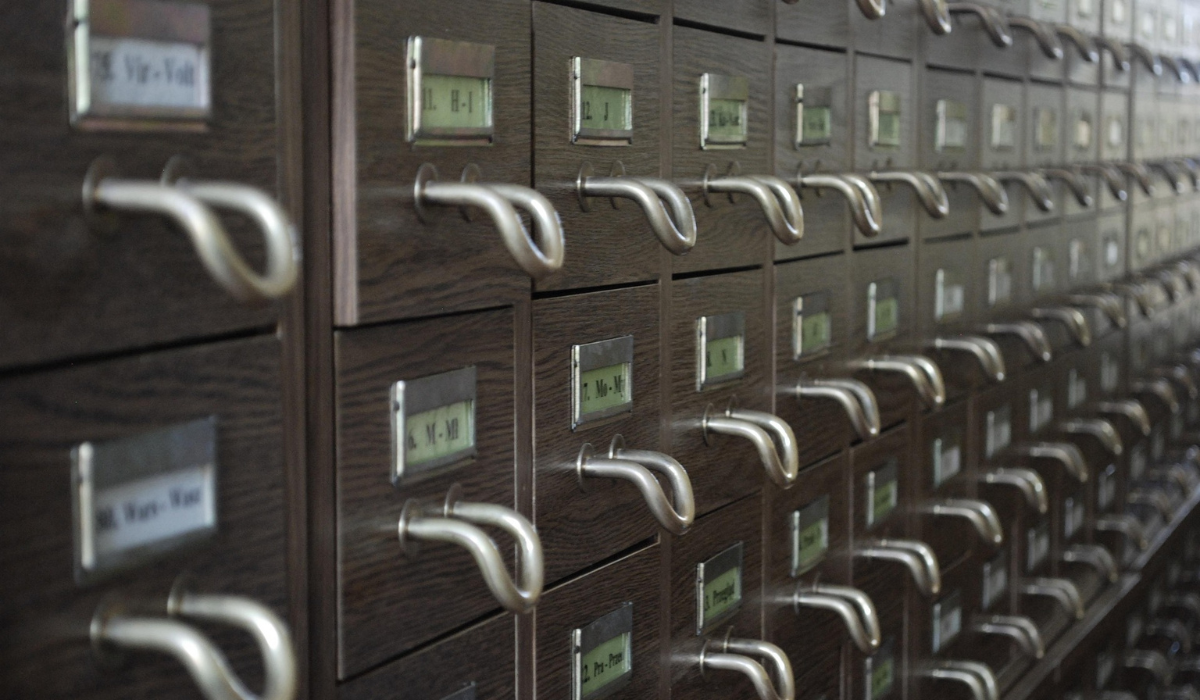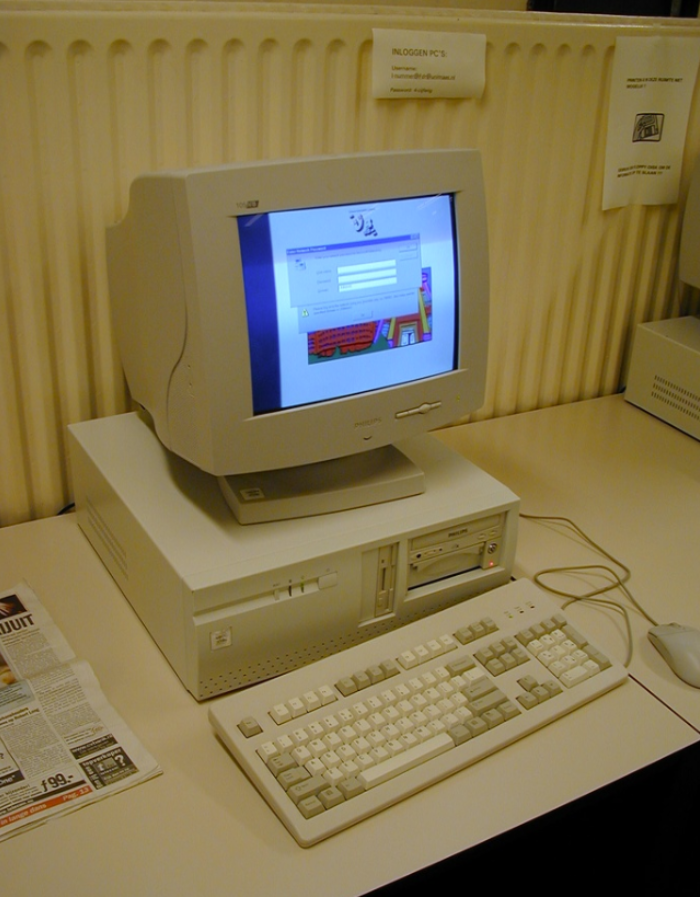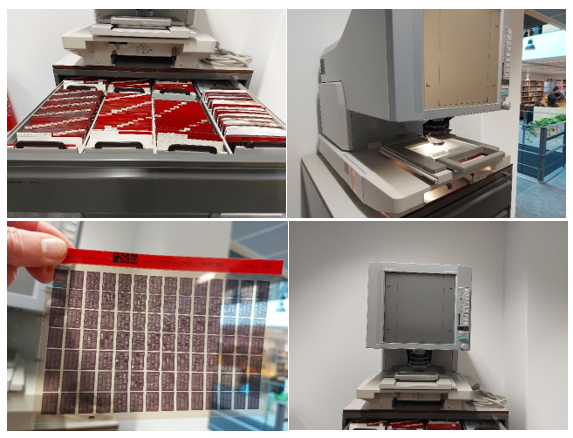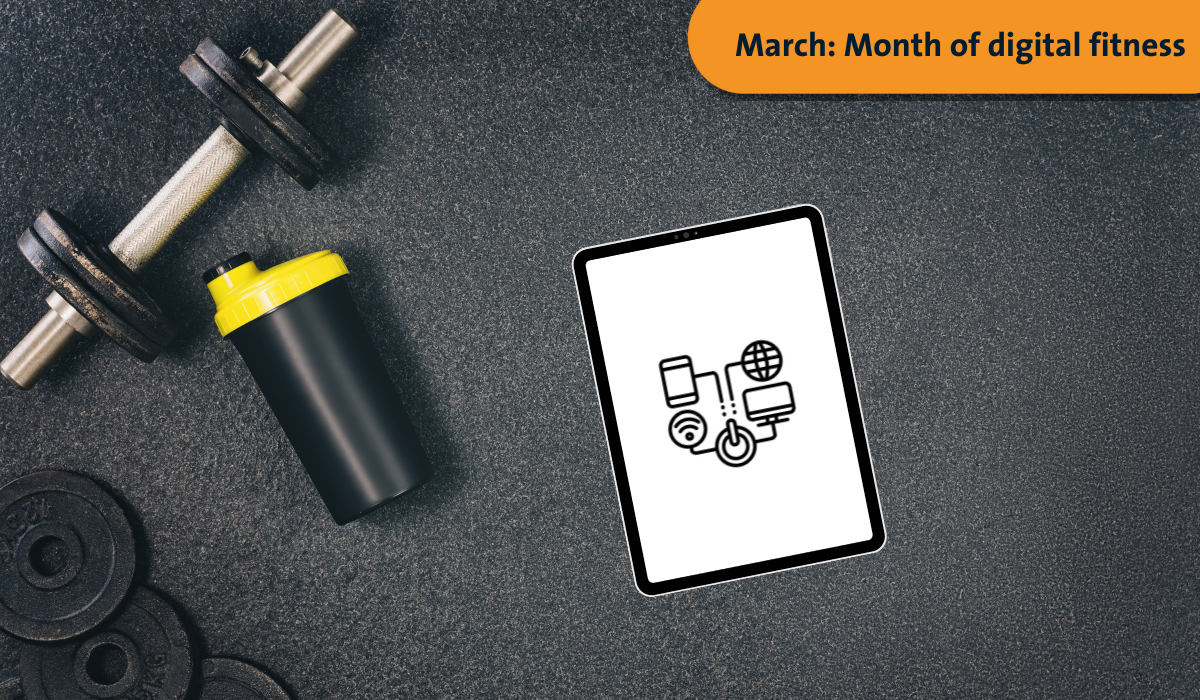Library technology through the years
Libraries have always been known for housing vast collections of books. Today, they offer much more, including digital labs and other services related to information literacy (searching, finding, and assessing information), digital literacy (using digital technology responsibly), as well as scientific publications and data storage. As technology evolved, so did libraries, adopting new tools and systems to better serve their purpose and communities. At Maastricht University Library, this evolution continues with the library’s Digital Literacy Programme, which helps users develop the skills needed to navigate the ever-changing digital landscape. This blog post walks you through almost forgotten technologies and their advancements at Maastricht University Library.
The card catalogue era
Libraries once relied on card catalogues to organise collections, with each card providing key book information. Visitors searched alphabetically to find books. This system, essential from the late 19th century, is still used in some places today.

Image of card catalogue © 2014 by kropekk_pl is licensed under a Pixabay Content licence
The advent of the computer
By the 1960s and 1970s, computers began entering libraries for tasks like managing inventory and circulation. The Online Computer Library Center (OCLC), established in 1967, was one of the first systems used. At Maastricht, researchers used DIMDI (Deutsches Institut für Medizinische Dokumentation und Information) in Cologne and researchers had to visit the library to set up connections remotely.

© Maastricht University via Piwigo
Microfiche and microfilm
As libraries expanded, microfiche and microfilm offered a compact way to archive materials. Specialised readers allowed library visitors to view tiny images of newspapers and documents.

© Maastricht University, pictures taken in the Inner City Library (Are you able to find the spot?)
The 1980’s and 1990’s: OPAC and RFID
The 1980s, Online Public Access Catalogue (OPAC) replaced card catalogues, allowing users to search books by keywords and categories, vastly improving access.
In the 1990s, libraries adopted barcode scanners and Radio Frequency Identification (RFID) technology for quicker checkouts, efficient inventory management, and security. At Maastricht University Library, RFID was only used for security.
The advent of the internet: Digital databases and online resources
The internet brought digital databases and online resources like JSTOR and PubMed, making scholarly materials more accessible, though there are still steps to improve open access for all.
The 2000s introduced e-books, allowing remote users to borrow digital materials, a crucial resource during the Covid pandemic.
Makerspaces and Digital Labs
To keep pace with the rapid advancement of technology, many libraries have, next to offering collections and learning spaces, transformed part of their spaces into creative makerspaces and digital labs. This is also the case in Maastricht, where we have a DIY Video studio, two DIY Podcast Studios, 3D printers and a Makerspace. We will soon also offer VR glasses, initially for well-being, but we are always on the lookout for the next technological development for the UM community.
The future: AI and beyond
Looking ahead, libraries will embrace technologies like (generative) Artificial Intelligence (AI) to manage collections, potentially personalise user experiences, and automate tasks. That is why we developed materials to help students and guide this process, for example, our online module on the responsible use of AI. We also offer an AI prompting module and an AI Prompt Library.
Conclusion
While books remain at the heart of libraries, technology has transformed how we access and interact with information (and books!). Maastricht University Library evolves with technology, ensuring access to the latest tools, developments and resources to support your academic goals.
Author of this blog post: Anna-Lena Hoh
Disclaimer: AI tools (NPULS AI Chat) have been used in the writing process of this blog post and thanks to Henrietta Hazen for examining the content.
This is a shortened version of a previously published blog post on the UM intranet.
Need assistance?
For more information or any questions, please contact the Digital Literacy team using the contact form below.


0 Comments